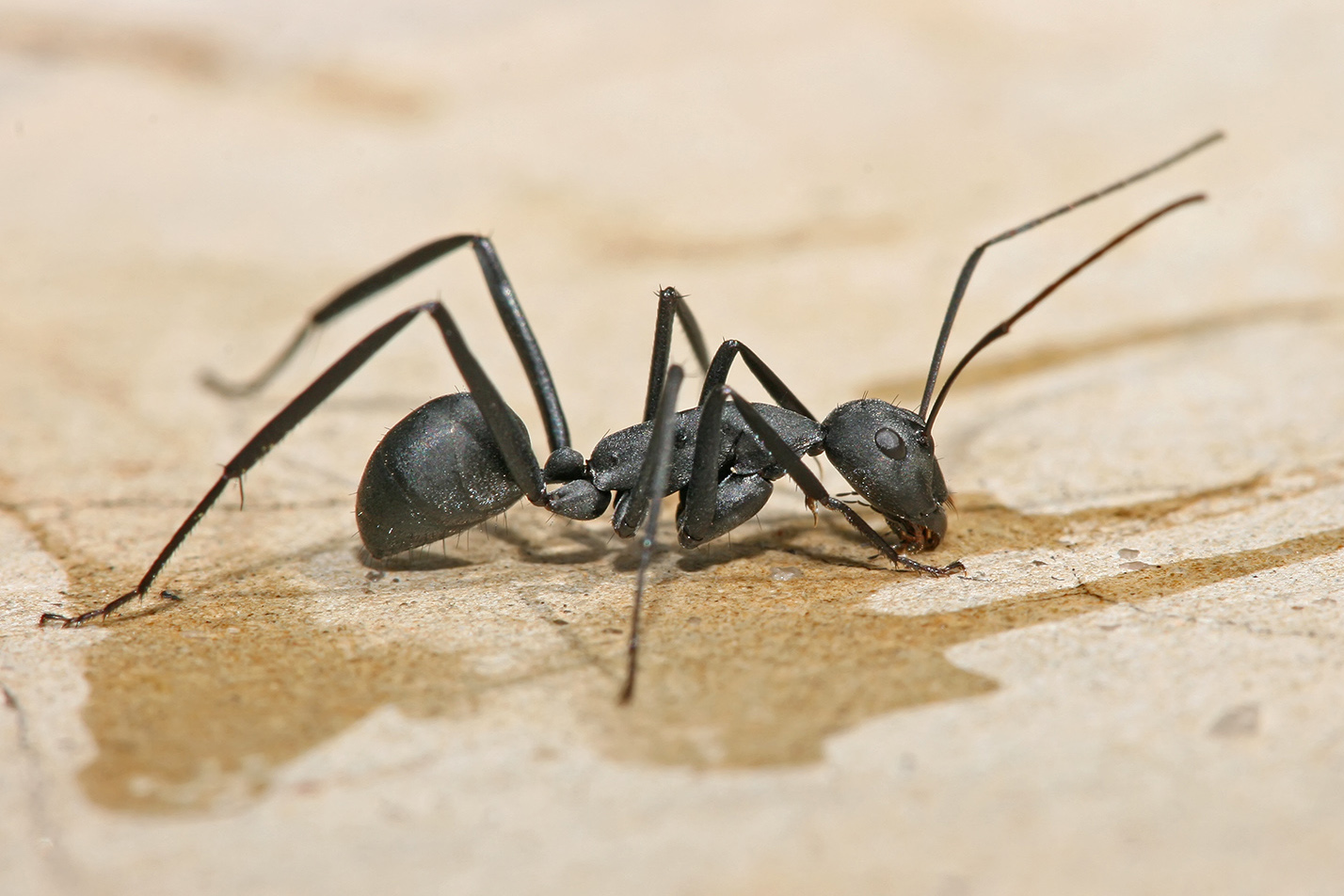|
Acropyga Rubescens
''Acropyga rubescens'' is an ant in the Formicinae The Formicinae are a subfamily within the Formicidae containing ants of moderate evolutionary development. Formicines retain some primitive features, such as the presence of cocoons around pupae, the presence of ocelli in workers, and little ... subfamily. References External links * * * at antwiki.org' Formicinae Insects described in 1894 {{formicinae-stub ... [...More Info...] [...Related Items...] OR: [Wikipedia] [Google] [Baidu] |
Auguste-Henri Forel
Auguste-Henri Forel (1 September 1848 – 27 July 1931) was a Swiss myrmecologist, neuroanatomist, psychiatrist and eugenicist, notable for his investigations into the structure of the human brain and that of ants. For example, he is considered a co-founder of the neuron theory. Forel is also known for his early contributions to sexology and psychology. From 1978 until 2000 Forel's image appeared on the 1000 Swiss franc banknote. Biography Born in villa ''La Gracieuse'', Morges, Switzerland, to Victor Forel a pious Swiss Calvinist and Pauline Morin, a French Huguenot he was brought up under a protective household. At the age of seven he began to take an interest in insects. He went to school at Morges and Lausanne before joining the medical school at Zurich. Forel had a diverse and mixed career as a thinker on many subjects. At Zurich he was inspired by the work of Bernhard von Gudden (1824-1886). In 1871 he went to Vienna and studied under Theodor Meynert (1833-1892) but was ... [...More Info...] [...Related Items...] OR: [Wikipedia] [Google] [Baidu] |
Formicinae
The Formicinae are a subfamily within the Formicidae containing ants of moderate evolutionary development. Formicines retain some primitive features, such as the presence of cocoons around pupae, the presence of ocelli in workers, and little tendency toward reduction of palp or antennal segmentation in most species, except subterranean groups. Extreme modification of mandibles is rare, except in the genera ''Myrmoteras'' and ''Polyergus''. However, some members show considerable evolutionary advancement in behaviors such as slave-making and symbiosis with root-feeding hemipterans. Finally, all formicines have very reduced stings and enlarged venom reservoirs, with the venom gland, specialized (uniquely among ants) for the production of formic acid. All members of the Formicinae "have a one-segmented petiole in the form of a vertical scale". Identification Formicine ants have a single node-like or scale-like petiole (postpetiole entirely lacking) and the apex of the abdom ... [...More Info...] [...Related Items...] OR: [Wikipedia] [Google] [Baidu] |

